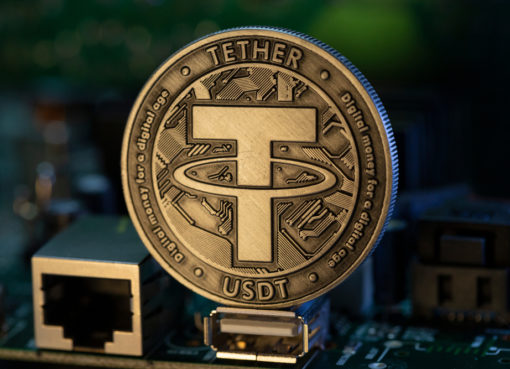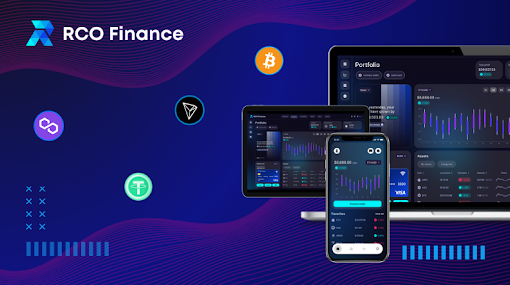Before NFTs lost their charm, they were disrupting the art industry and poised to do the same to other industries, including gaming. Even then, however, the burst of NFTs into the game-making scene drew a mix of reactions, from major publisher enthusiasm to gamer backlash.
It turns out finding a use case (or use cases) within the gaming industry takes a little more nuance than, say, the art industry — the blockchain-based technology’s first case study. For the gaming industry, the challenge is developing creative and interactive games centered around a sustainable model for NFTs and play-to-earn (P2E) that enhance the gaming experience rather than annoy gamers — and clues and strategies on how to establish such a model may be found in human psychology.
Bartle’s ‘Player Taxonomy’
The gaming industry is starting to come to terms with blockchain technology and its use cases. In doing so, it can find guidance from one of its most venerable and respected psychology-driven underpinnings of gaming, which has already inspired a lot of the features we see in a lot of modern games. Dr. Richard Bartle’s Player Taxonomy splits players into four distinct groups — socializers, explorers, achievers and killers.
Understanding that there are four different kinds gamers can help game developers more effectively leverage non-fungible tokens (NFTs) in their creations. Despite being written as part of a 1996 essay, Bartle’s position on video game player types is still more than relevant for today’s era where mobile gaming is the industry’s driving force.
Some have argued that Bartle’s foray into the psychology of gaming personas is no longer always relevant more than two decades later because it was based on his experience designing and playing the script-based game Multi-User Dungeon (MUD). But despite the evolution of the gaming industry and the diversity in gaming genres and systems, his analysis provides a unique understanding of how and if NFTs can be deployed to enhance the experience. This analysis is rooted in human psychology, which remains the same. Despite technical advancements and a vastly wider offering of games, human motivations to play them haven’t changed.
Socializers
Socializers thrive when bonding and having meaningful interactions with other players. Social functions, from basic chats to co-op missions or features, motivate them to game. These players enjoy the cooperation element of multiplayer games and the relationships developed through this more than the actual game itself. Therefore they prefer games that provide collaborative activities, coordinating with other players through in-game transactions and other mechanisms that enable them to form meaningful relationships.
NFTs could come into play in many ways here, from NFT-based clan or community membership to collaboration aimed at minting more valuable and rare NFTs, such as combining NFT gold slab and diamond to create an NFT diamond ring. This concept could work well in a wide range of games from classics, like the online multiplayer RuneScape, to newer hits, like Marvel’s Avengers.
Explorers
Explorers, as the name suggests, are gamers who first and foremost are interested in exploring open worlds and live for Easter eggs and hidden areas. Explorers love adventure and investigating every corner of the game’s map to uncover as much information — and treasure — as possible. This doesn’t just manifest in the exploration of the game’s geography, but can also refer to the exploration of the game’s systems and mechanisms.
This type of gamer enjoys discovering hidden secrets while building knowledge of the way the game works. They likely would appreciate unique NFT rewards for discovering some of the best-hidden areas in the game world, such as Diablo’s famous cow level or World of Warcraft’s The Karazhan Crypt.
Achievers
Achievers are gamers who want everyone to know and recognize that they’re good at whatever game they may play. These are the people that Playstation trophies and steam achievements were designed for.
They will also likely be most at home with NFTs, as those have already proven to be effective for social signaling, thanks to their uniqueness. From NFT avatars to use in the game and on social media to one-of-a-kind weapon skins issued as rewards in a tournament, there really is an endless amount of possibilities — the sky truly is the limit here.
Killers
Killers are gamers who are all about the player-versus-player experience. They feel pumped up by the competitiveness and, of course, love to win, but they take even more pleasure in the fact that their opponent lost. As the name hints, they are generally into more combat-oriented games like Battlefield or the mobile first-person shooter Modern Strike Online.
Game designers can tap into this belligerent attitude with things like NFT-based territorial control, obtained only through clan battles — as opposed to on the open market — and NFTs representing the most memorable killcams and play-of-the-game moments. With this class of gamers, NFTs can be used as a way for them to flaunt their glory over competitors.
Many NFT games focus on what they’re trying to solve or what niche they want to fill, but perhaps, instead, game developers and studios should focus on what kind of person they want to play their games. As mobile gaming and console gaming compete for an ever-growing group of cross-over gamers, understanding the different classifications of gamers will provide better insights into how to better integrate NFTs into games in a way that entices rather than annoys customers.




